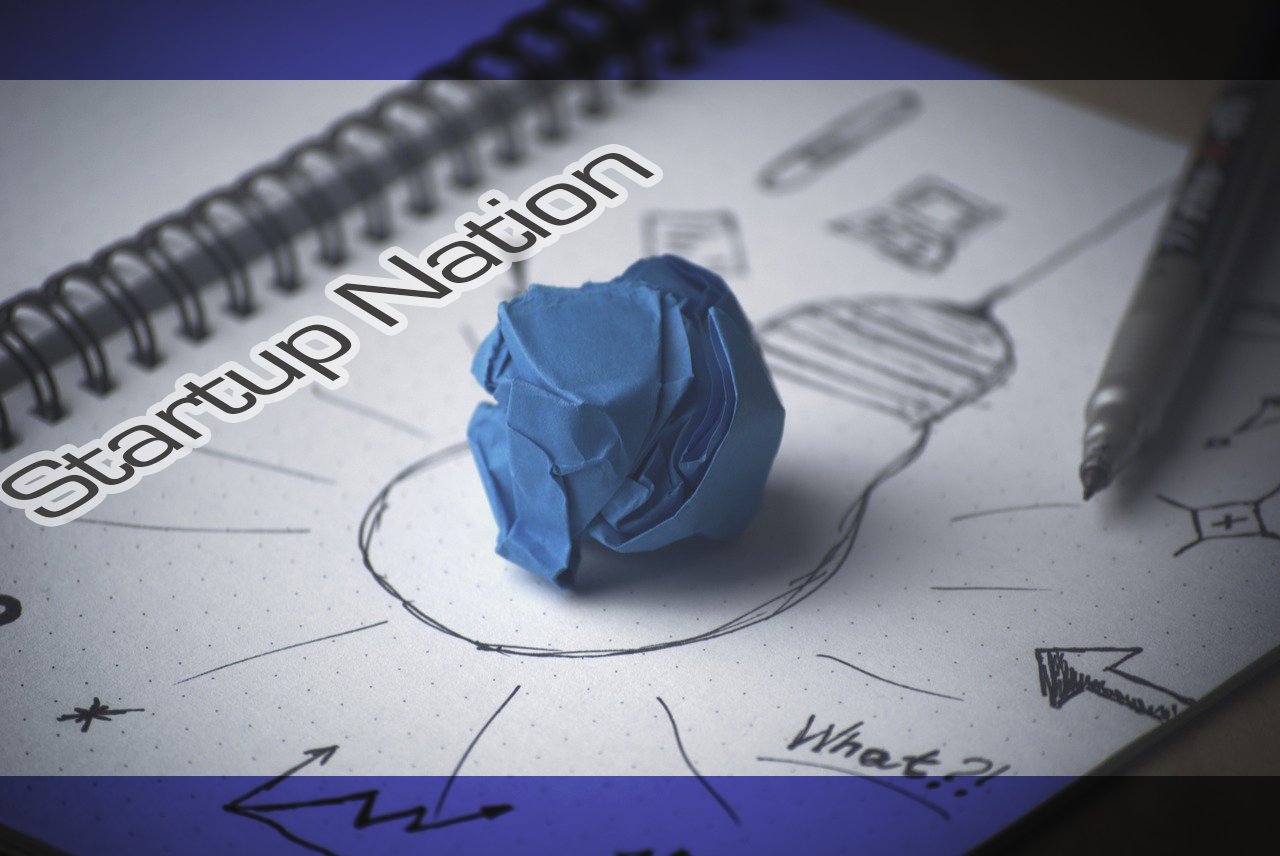
Adv. Zohar Fisher
In an increasingly digital world, data is being leveraged – and collected – in novel ways. The legal field, known for being extremely risk-averse, has a real opportunity to utilize digital tools for many aspects of legal practice to achieve a wide variety of goals, including increasing revenue and expediency.
The legal technology industry, colloquially dubbed ‘Legal Tech,’ has been fueled by a flood of recent investments, including $1.5 billion in 2020 alone. As part of this tidal wave, legal data analysis is an integral part of this rapid growth. In fact, according to the American Bar Association’s Legal Technology Survey, 58% of participants used web-based software to aid their practice.
These programs rely on different types of data including internal data derived from the activity of a firm (such as tracking billable hours), individual data collected from cookies and web traffic, as well as industry data (from publicly available legal sources), can be used and combined to give various forecasts and insights.
For many lawyers, especially those in private practice and boutique firms, recruiting and serving clients leaves little time for experimenting with innovative business strategies. Yet, employing this sort of internal data can help firms understand where they are exerting resources and make adjustments to become more efficient. E-discovery (Electronic Discovery) tools can make document transfers seamless, allowing lawyers to search by specific key terms or filter by date range. Legal research can be quickened by legal databases. Data can also be used to help manage client expectations and assist with budgeting. These vital pursuits, as the life-blood of legal work, will give tech-forward firms a leg up on the competition.
Industry data can be instantly employed to predict the duration and outcomes of a case when compared to others with similar fact patterns. More granular data points can compare results across specific judges and jurisdictions. Unconscious bias can be minimized in criminal proceedings when technology aids in decision-making. Based on real-world data, judges and lawyers are able to compare risk factors and situations.
This sort of analysis, aligning with the ideal of justice, will allow for sentencing with minimal regard for race, gender, nationality, or other markers of social inequality. Lawyers, while more observant than most, are ill-equipped to compete with the computing power of intelligently engineered software, expressly designed for this purpose.
In fact, as publicized by Malcolm Gladwell’s landmark book “Talking to Strangers”, judges – when compared to data-driven mechanisms – are horrendous at predicting the flight risk of criminal defendants. Technological tools like Lex Machina, Proofpoint, and Premonition are actively being developed to transcend human abilities to determine trends, allowing firms to better understand complex legal issues, their ability to win cases, and the best way to market their services to clients. Similarly, as legal efficiency increases, so may the need to compensate lawyers differently. When billing by the hour, there is little incentive to take less time drafting documents or searching for specific content in a contract. Data-driven marketing can attract new clients and capitalize on existing clients.
Yet, while the opportunities are immense, lawyers may be weary to implement these strategies.







